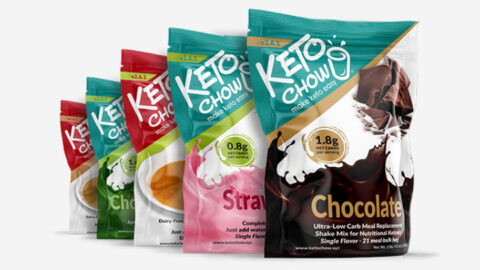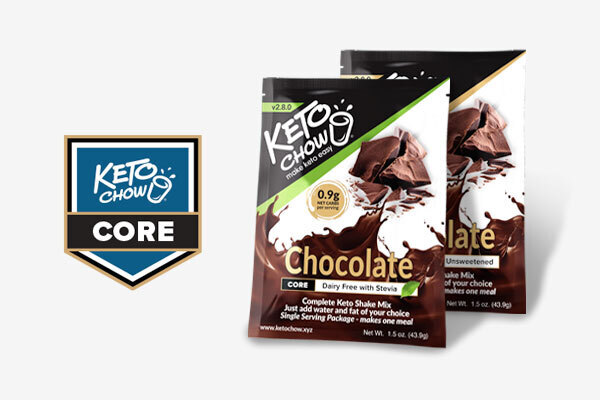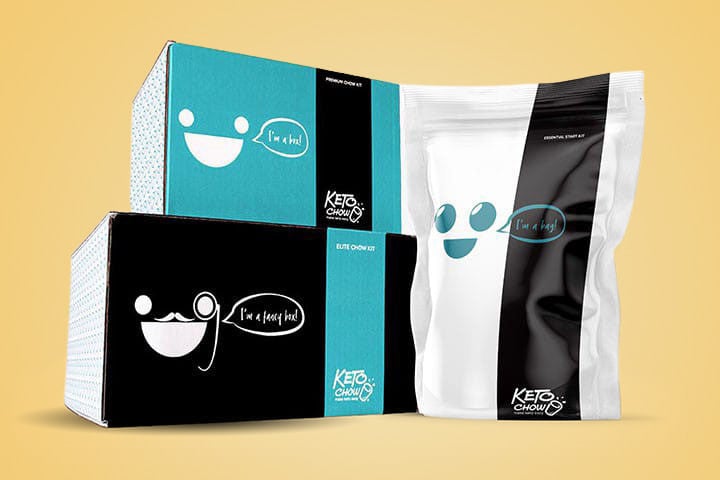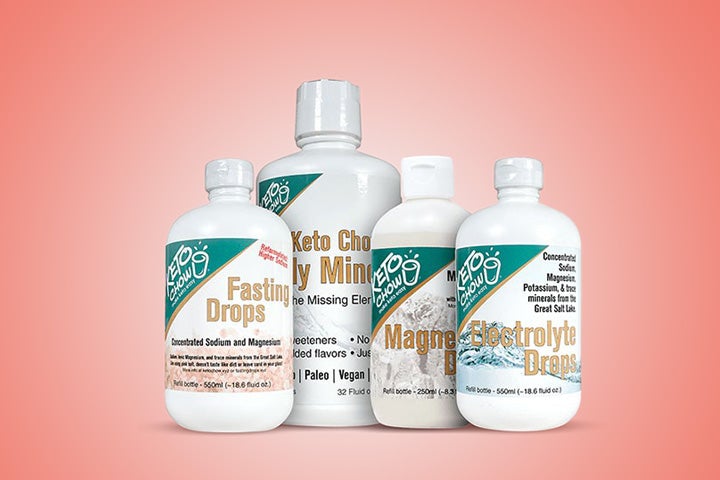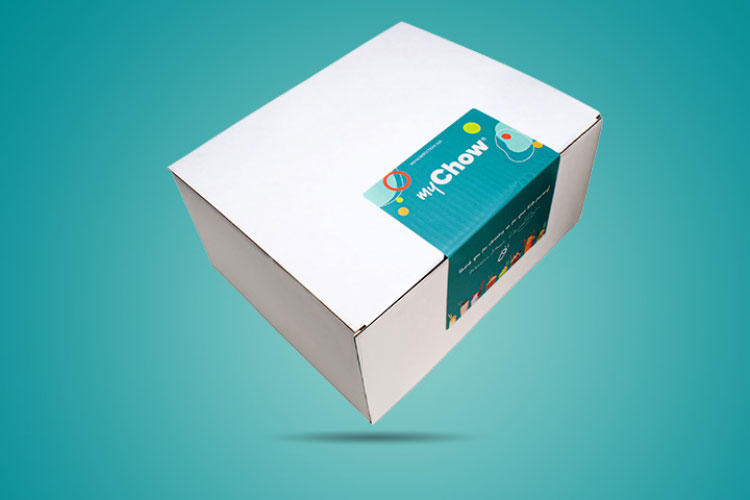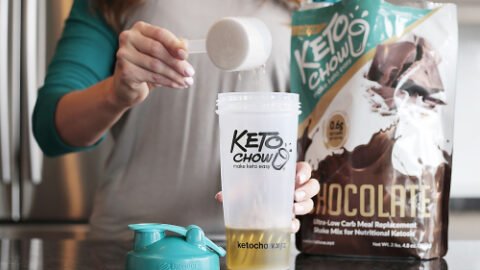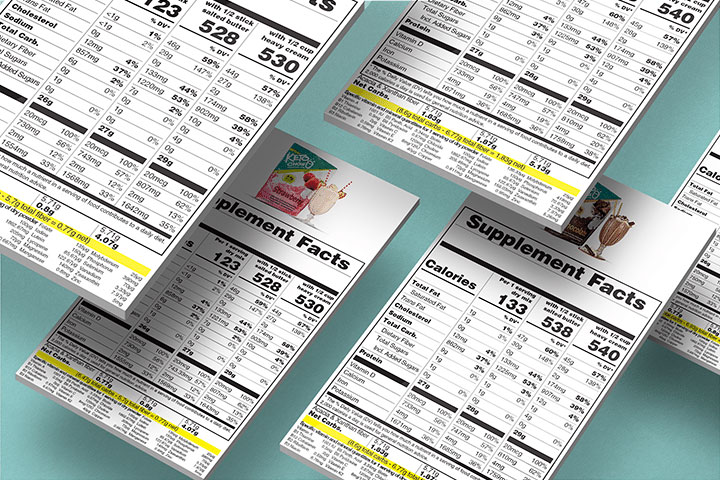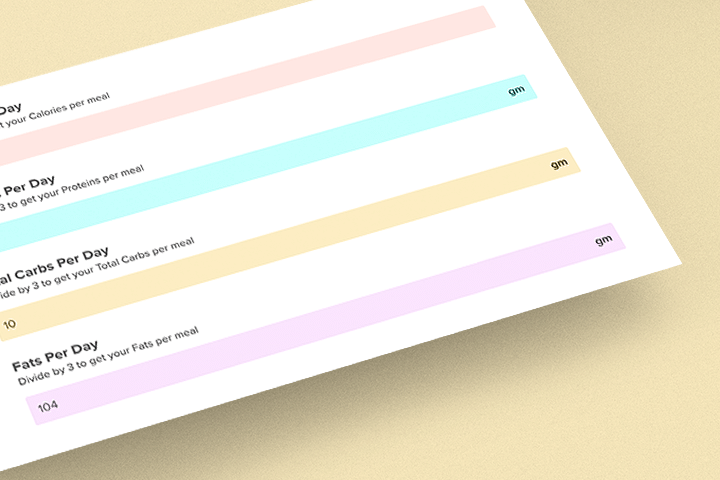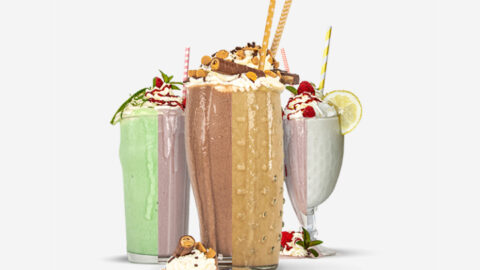There are so many different ways of eating these days, you can find one for every letter of the alphabet: Atkins, Blue Zones, calorie counting, the DASH diet…
But today, let’s look at three approaches to nutrition that are the most relevant to people interested in cutting carbs: paleo, Atkins, and keto. How are these similar, how are they different, and maybe most important: which one is best for you?
Similarities between paleo, Atkins, and keto
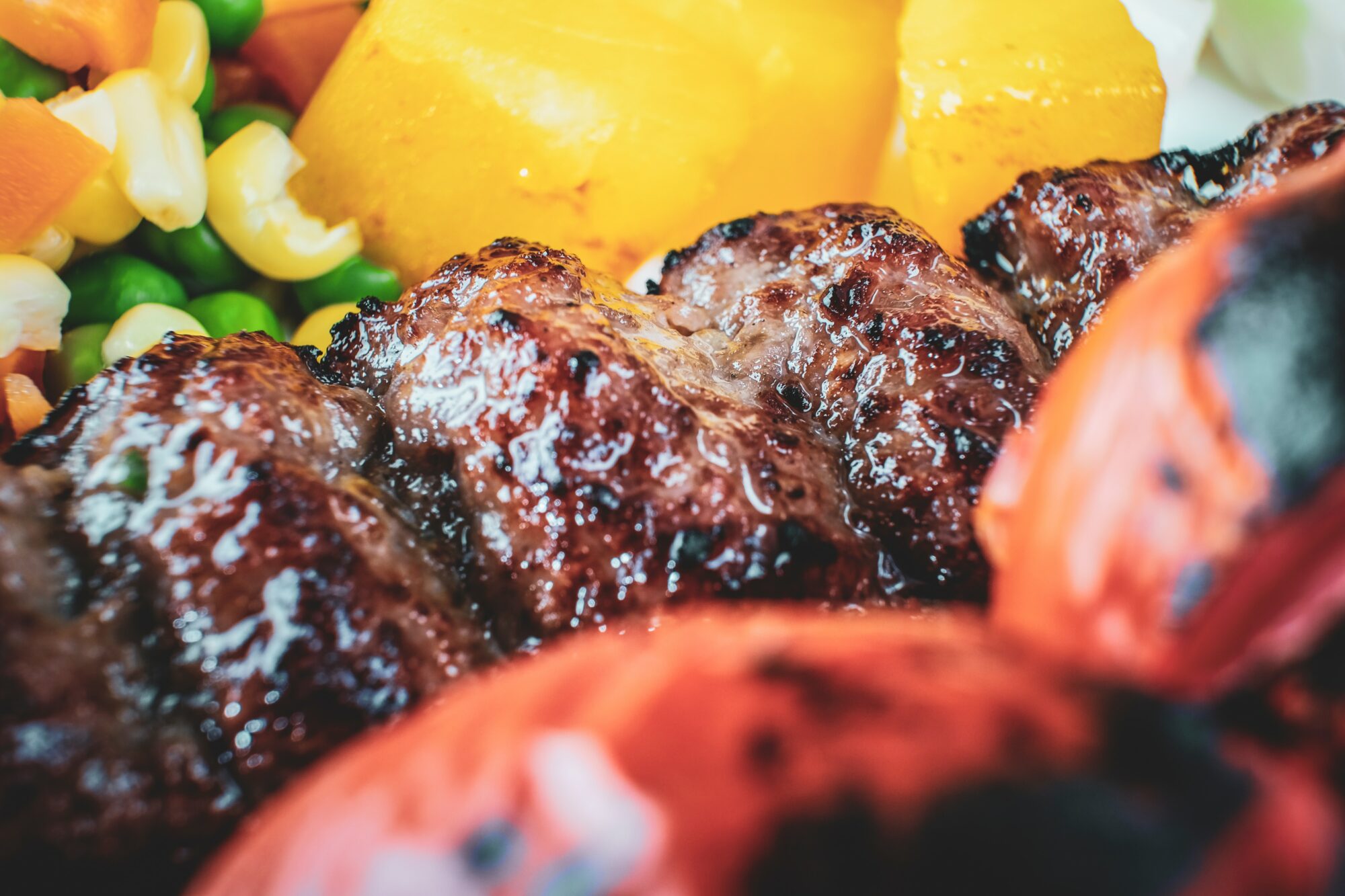
The main thing these three ways of eating have in common is that most people try them with a specific goal of losing weight or improving their health. It’s rare for someone to make such a big change from a standard American or Western diet just for fun. All three are also backed by research as being effective for weight loss and positively impacting various health issues.
Another similarity is that all three embrace animal fats. None of these approaches excludes the fats that occur naturally in beef, pork, poultry, or seafood, or using tallow, lard, or schmaltz for cooking. Fat in general is valued on these diets, extending to coconut oil and fatty plant foods, such as nuts, seeds, and avocados.
These three ways of eating also all exclude refined sugars and grains. That means no pasta, crackers, bread, cookies, cupcakes, pastries, and the like. (Not when they’re made with grain flour, anyway. Nut flours and other alternative flours can be used to make lower-carb substitutes for these.)
One more similarity is that none of these diets is based on macros. Some people choose to construct their diets based on specific percentages of calories from protein, fat, and carbs, but this isn’t a core tenet of any of these ways of eating.
Differences between these diets
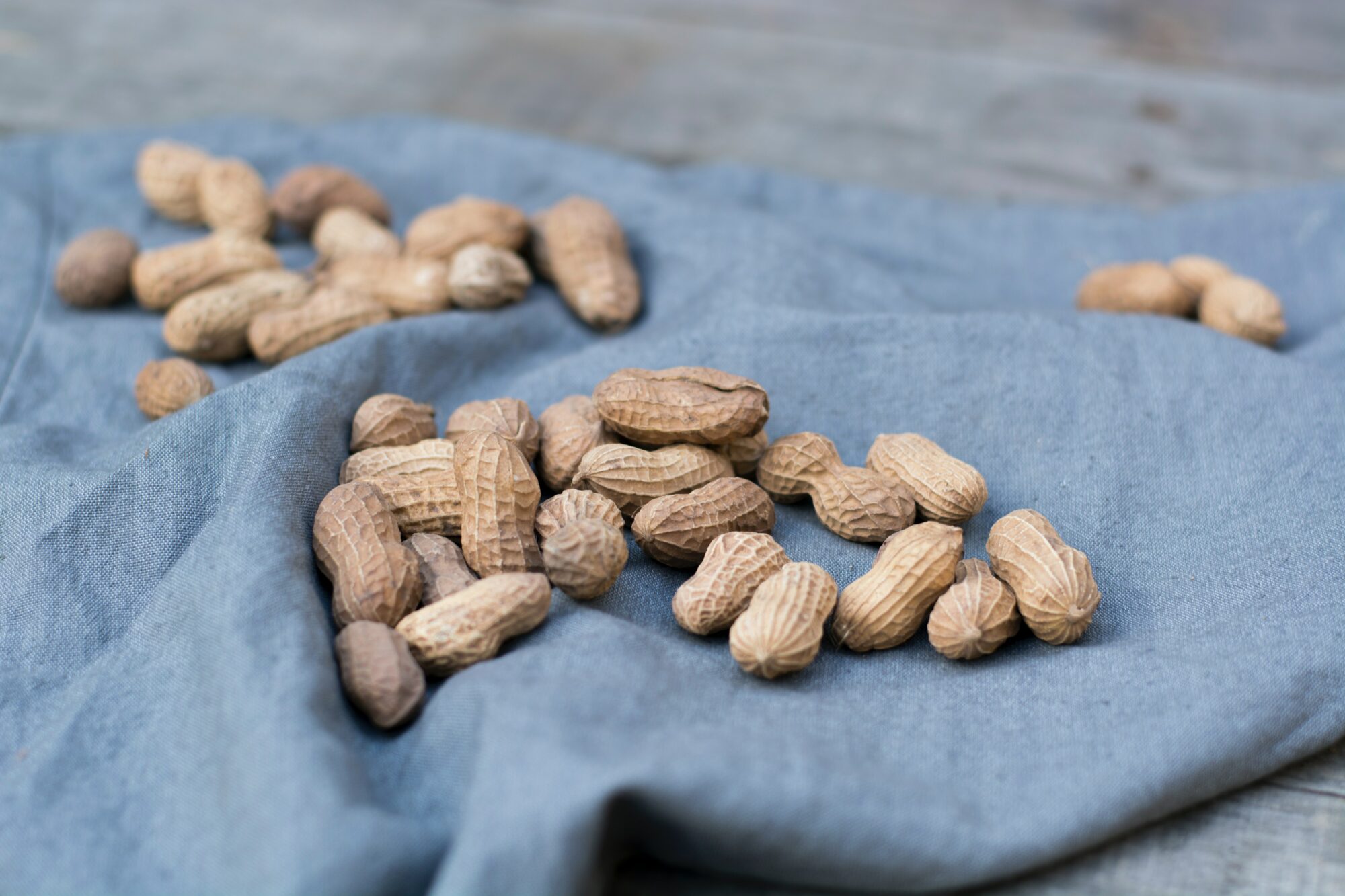
The biggest difference between these ways of eating is the allowance for carbohydrates. Paleo diets are not automatically low-carb, while the Atkins diet is low-carb, and ketogenic diets are very low-carb. This isn’t a trivial difference. The amount and type of carbohydrate a diet contains has a powerful effect on hormones, hunger, and metabolism.
Plus, the ketones that are generated through following a ketogenic diet result in beneficial effects for specific situations that a paleo or Atkins diet may not.
Unlike a strict paleo diet, Atkins and keto allow for dairy products as well as lower-carb legumes (peanuts and cashews) and artificial or alternative sweeteners for those who choose to use them. Atkins and keto also allow for vegetable and seed oils (such as canola, soybean, sesame, and sunflower oils), whereas paleo prohibits them.
(Some people choose to avoid these oils on a keto diet but that’s a personal decision. They’re not off-limits by definition.)
Paleo vs. Keto
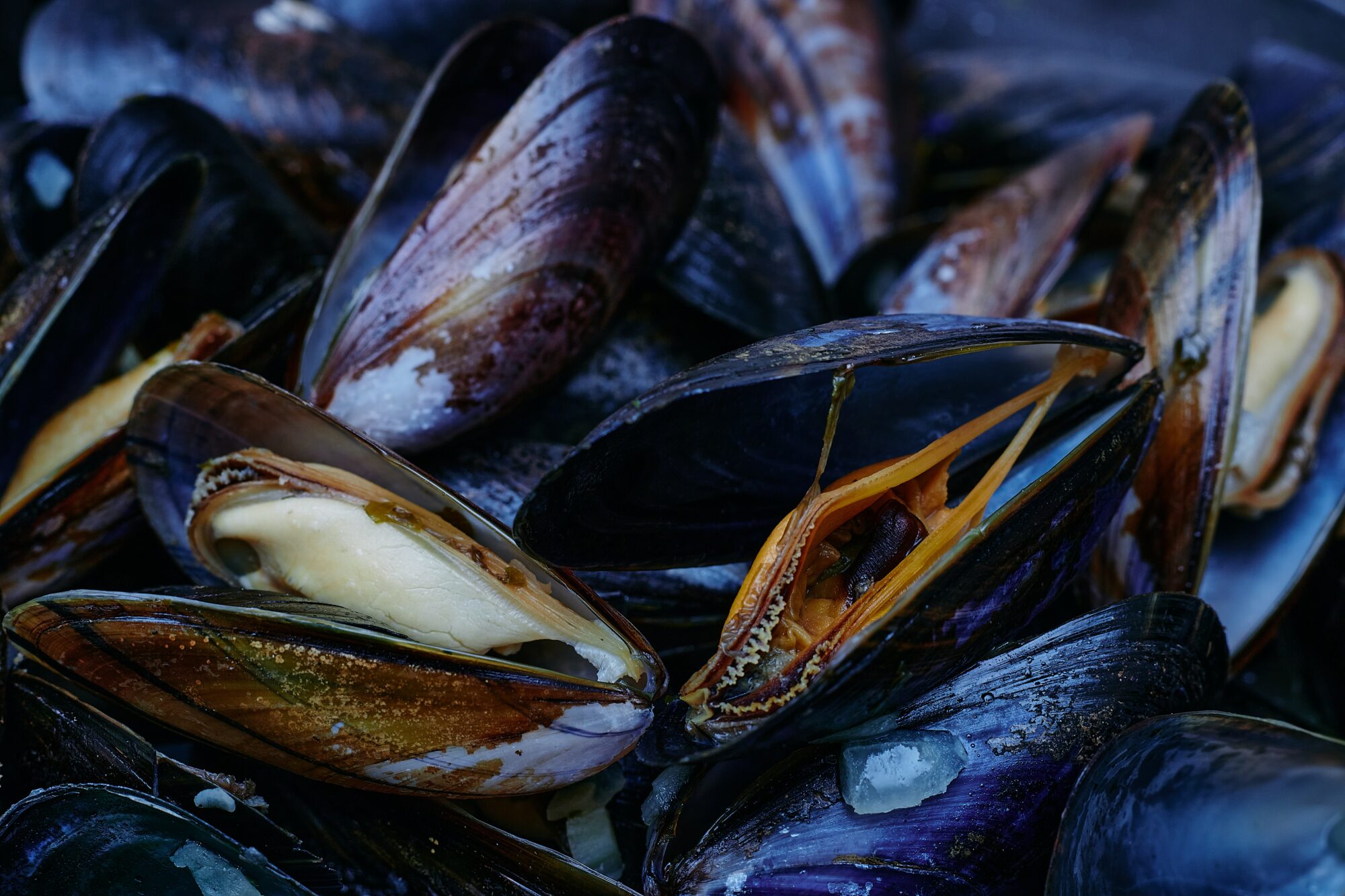
The fundamental premise of a Paleo diet is that humans are not well-adapted to foods that we have eaten in abundance only since the neolithic age, starting about ten thousand years ago. Therefore, a strict Paleo diet excludes anything that’s a product of when agriculture became a bigger part of the human experience, such as grains, dairy products, and legumes or beans.
Some people who follow Paleo diets also emphasize food quality, sticking to grass-finished meats, pastured poultry, wild-caught seafood, and seasonal, organic produce—or as closely as one can approximate this with foods you can find at a supermarket.
Not low carb by definition
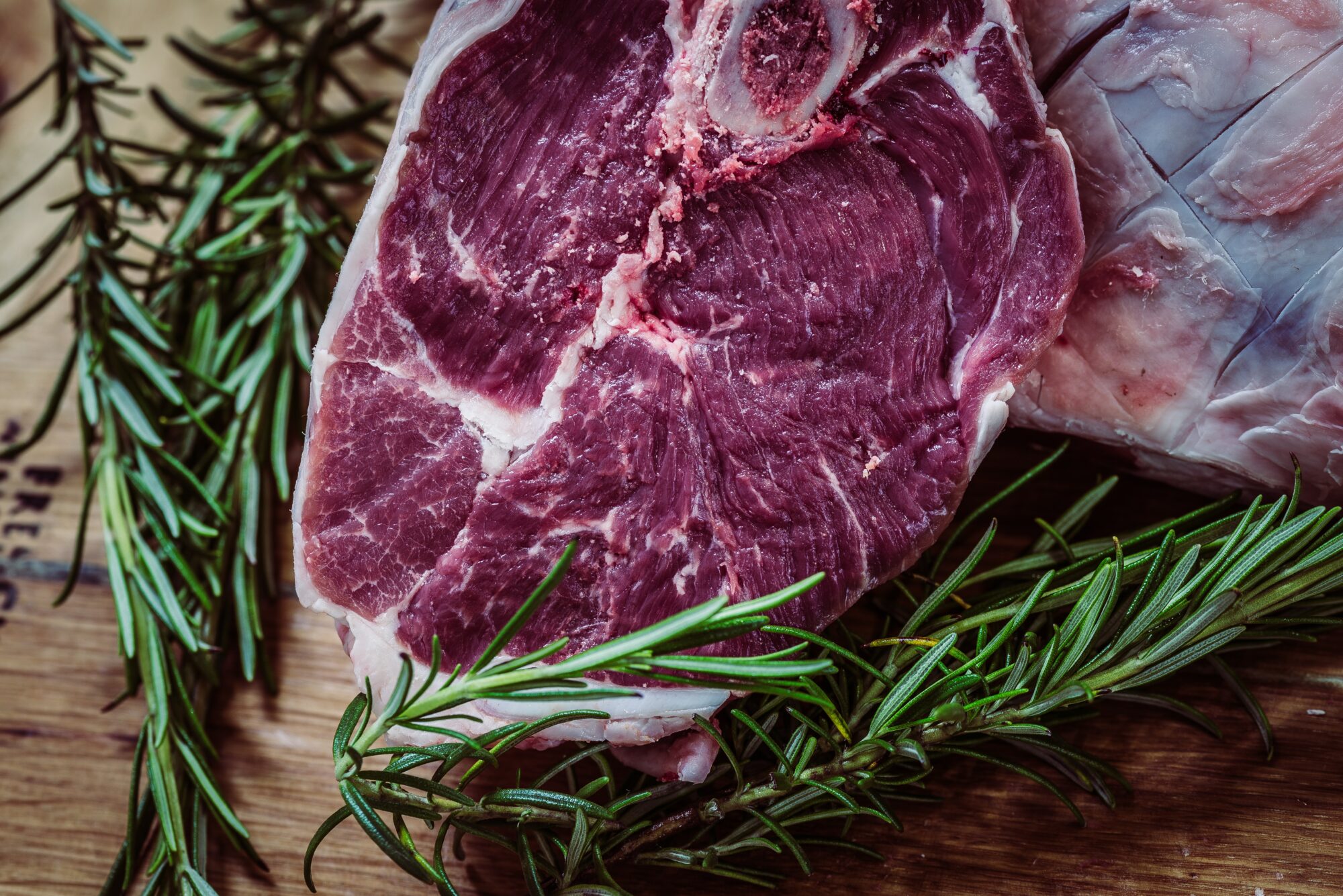
Paleo diets can be low in carbs and they can even be ketogenic, but they are not low carb by definition. In fact, they can actually be pretty high in carbs if you include generous amounts of fruit and sweet or starchy root vegetables and winter squashes, like potatoes, parsnips, beets, acorn squash, etc.
The emphasis in paleo tends to be on high-quality animal proteins, eating nose-to-tail (organ meats, bones, skin), and non-starchy vegetables, but there’s no requirement to exclude higher carb foods our paleolithic ancestors could have gathered or foraged in the wild.
This being said, most people who follow a Paleo diet tend to eat less carbohydrate than a standard Western diet, even if their approach wouldn’t rightfully be called a low-carb diet.
Atkins vs. keto
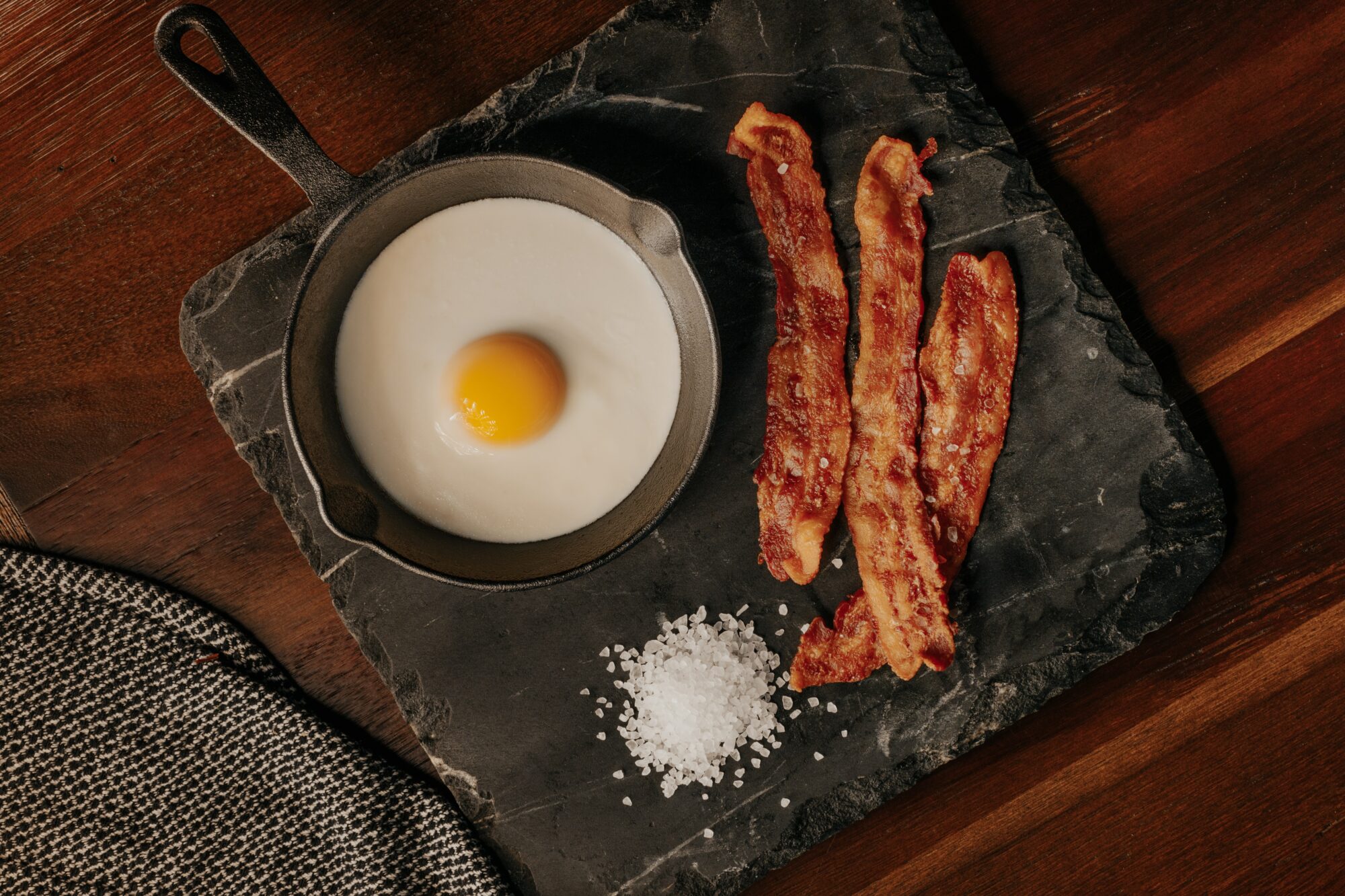
The Atkins diet is named for its creator, Dr. Robert Atkins, a cardiologist who first presented his plan to the public in his 1972 book, Dr. Atkins’ Diet Revolution. During the half-century since then, “Atkins” has become synonymous with low-carb, and many people use the name as a catch-all to describe any generic low-carb diet, in the same way that people say “Kleenex” when referring to tissues.
The main premise of the Atkins diet is keeping carbohydrate intake low. Just how low someone needs to stay depends on their individual situation. The Atkins diet starts with an induction phase—a two-week period where carbohydrate intake is limited to no more than 20 grams per day.
This induction phase is designed to be low enough in carbohydrate that it will induce ketosis and yield rapid weight loss and improvement in blood sugar for those with diabetes.
The ultra-low-carb induction phase can be extended beyond two weeks for people who want to lose large amounts of weight, but the original Atkins diet calls for slowly and systematically reintroducing carbs so that people can find their own personal “sweet spot” – the amount of carbohydrate they can eat on a regular basis and still lose weight or move toward health-related goals, such as reversing type 2 diabetes, non-alcoholic fatty liver (NAFLD) or polycystic ovarian syndrome (PCOS).
The carb ladder
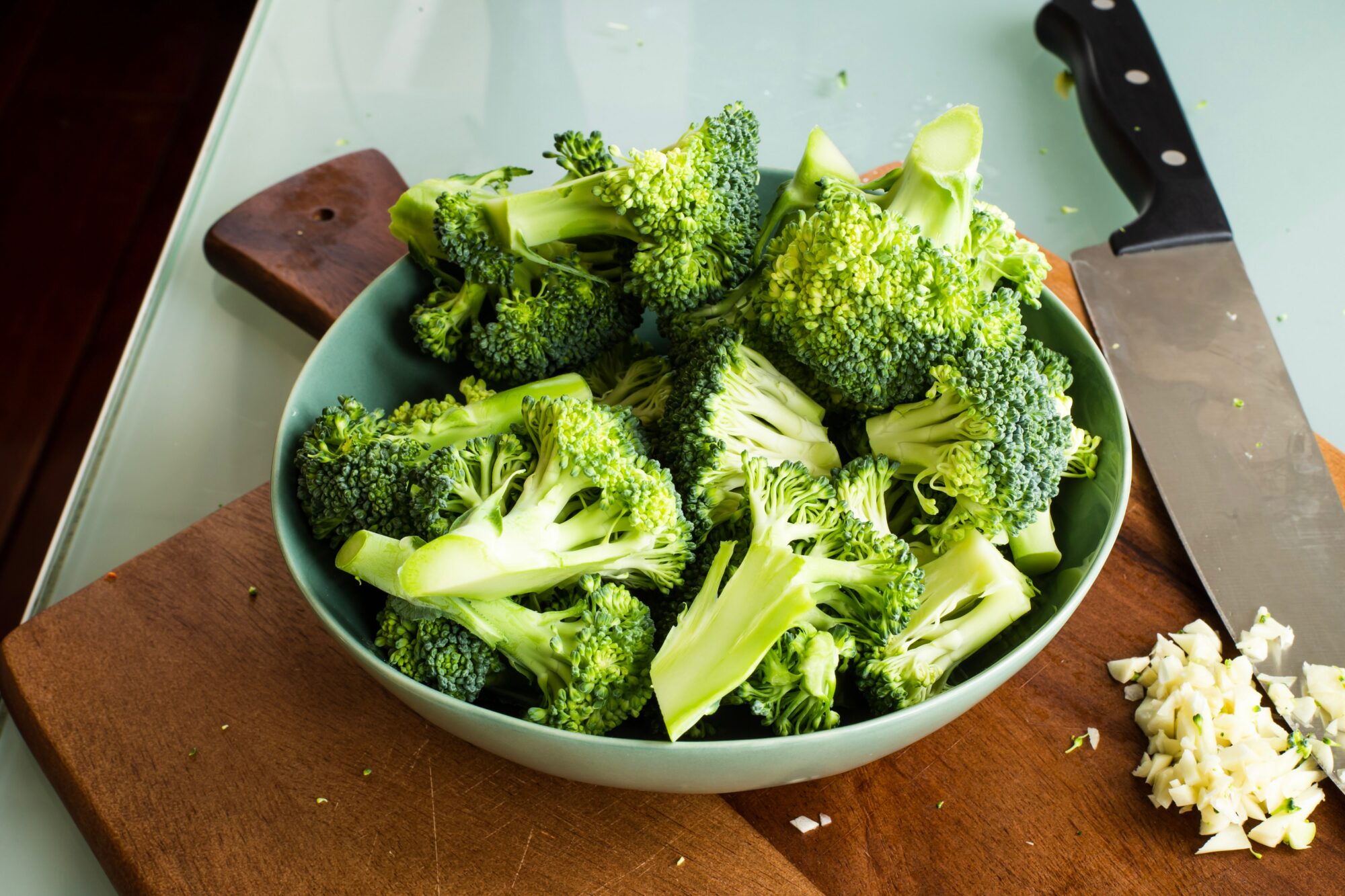
Dr. Atkins called this the “carb ladder” and instructed people to increase their carb intake by 5 grams per week. Going slowly up the carb ladder is part of what Atkins called the “ongoing weight loss” phase, and when you reach your weight loss goal, you’re in the maintenance phase, where the carb intake is more generous.
So the induction phase of the Atkins diet is a ketogenic diet, but the longer-term ongoing weight loss portion and the maintenance phase allow for slightly more carbohydrate. These phases are still definitely low-carb diets; they just might not be low enough to induce ketosis in everyone.
And that’s not the purpose. The purpose is to keep carbs low enough to prevent weight regain and prevent recurrence of health problems that were reversed or put into remission.
Keto
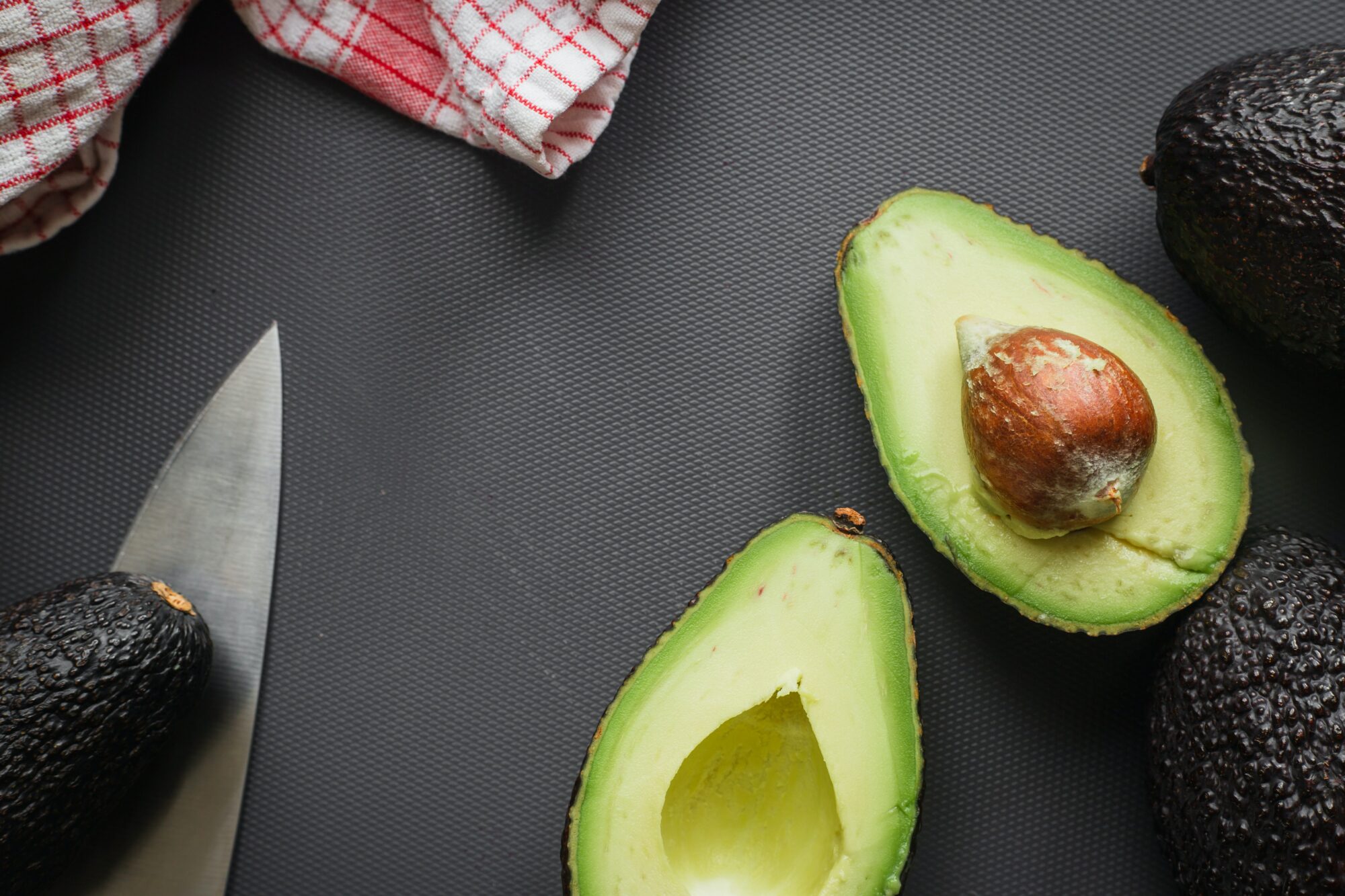
A true ketogenic diet is one that is very low in carbohydrate and moderate in protein so that your body generates ketones—hence the term ketogenic. Many people say “keto” when they’re really just following a low-carb diet. All ketogenic diets are low-carb, but not all low-carb diets are ketogenic.
The amount of carbohydrate that you can eat in a day and stay in ketosis is entirely individual. Some people need to stay ultra-low all the time, while others can be a bit more generous with their carbs and still be in a ketogenic state. The thing to know is, you might not need to be in ketosis all the time.
Being in ketosis is not required for weight loss or reversing certain metabolic conditions. On the other hand, if you want to try a ketogenic diet as an intervention for a psychiatric issue or a neurodegenerative condition, then aiming to stay in ketosis most or all the time may be warranted.
Which diet is best for you?

All three of these ways of eating can be nutritious and health-promoting. But if you’re looking to lose a substantial amount of weight, or you’d like to reverse a health issue like type 2 diabetes, PCOS, NAFLD, or something else related to insulin resistance, then keto is probably the best place to start. It has more robust evidence for these goals compared to any other diet.
You will likely get your desired results most quickly from following keto, and once you’ve lost the weight and gotten to a place you’re happy with regarding your health, you can experiment with gradually introducing small amounts of higher carb foods if you wish, to see how you do.
If you start to regain weight or health problems begin to resurface, simply cut back again and reserve higher carb meals or treats for special occasions or just once in a while.
If you decide to start a keto diet, here are 5 tips for getting started, and 8 things you need to know before you start. Worried about the keto flu? Don’t be. It’s not really a big deal, despite what you might hear about it. Check out this article for ways to navigate the transition to a keto diet so you can adjust easily and start feeling the benefits!
Make keto easy
If you’re looking to make meal prep easy while doing keto, then check out Keto Chow! Keto Chow is a low-carb meal replacement shake with 1/3 of your daily recommended nutrients, which means it has all the fiber, protein, vitamins, and minerals that you need in a meal.
Choose from over 30 flavors!
- Hours: Mon - Fri 8AM - 5PM (Mountain)
Shop
Account
Company
The content of this website is not intended for the treatment or prevention of disease, nor as a substitute for medical treatment, nor as an alternative to medical advice. Use of recommendations is at the choice and risk of the reader. If you are on any medication, please consult with your family doctor before starting any new eating plan. Keto Chow is not intended to treat, cure or prevent any disease. Pregnant or breast feeding women should consult their health care professional before consuming.
